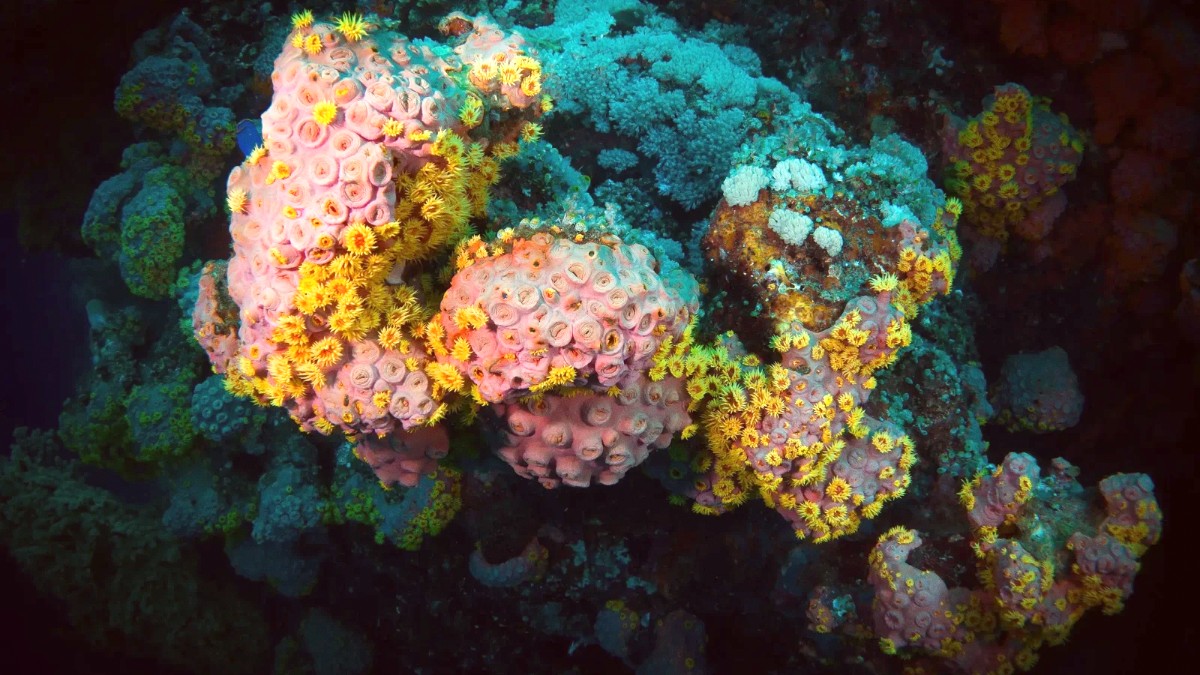
A comprehensive overview of public transit systems for the United States Minor Outlying Islands: there is none. These islands lack the population, infrastructure, and commercial activity to support any form of public transportation.
The idea of hailing a taxi or calling a ride-share service on the United States Minor Outlying Islands is entirely incongruous with their remote, uninhabited nature. Such services do not and cannot exist in these environments.
The idea of hailing a taxi or calling a ride-share service is incongruous with their remote, uninhabited nature.
No licensed taxis, typical fares, or payment methods exist. No cellular service or internet connectivity for apps.
Efficiency in movement for authorized personnel comes from detailed pre-planning and understanding terrain.
Walking and cycling serve as main personal movement for authorized personnel.
Most islands are a "walking route" with informal trails.
On larger islands like Midway Atoll, established paths support cycling for staff.
Designated "no-go" areas cover sensitive ecological zones and military areas.
Any "specialized transportation" directly supports authorized missions and does not cater to public travel. These unique modes facilitate specific operational needs.
Movement on the USMOI is a logistical challenge.
Managed internally by expedition teams or military commands.
It is never for general public use.
Always tied to specific, authorized missions.
Conducted with an overarching focus on safety.
Prioritizes environmental protection.
Every authorized visit must operate as a fully self-sufficient expedition. All resources are brought in, and all waste departs.
Living conditions are austere, often in temporary camps or basic quarters.
Reliance on satellite communication for all external contact.
Operational staff manage logistics, safety, and infrastructure.
Strict adherence to operational protocols is fundamental for any presence on these sensitive islands. Safety, security, and environmental protection are the foremost considerations.
Satellite communication is the only reliable method to contact the outside world.
Constant monitoring of weather systems is important for safety and operational adjustments.
Expedition medical teams and comprehensive kits handle all health needs on-site.
All forms of movement on the USMOI integrate into specific, authorized operations. They are conducted with an overarching focus on safety and environmental protection.
Movement on these islands is not for public leisure.